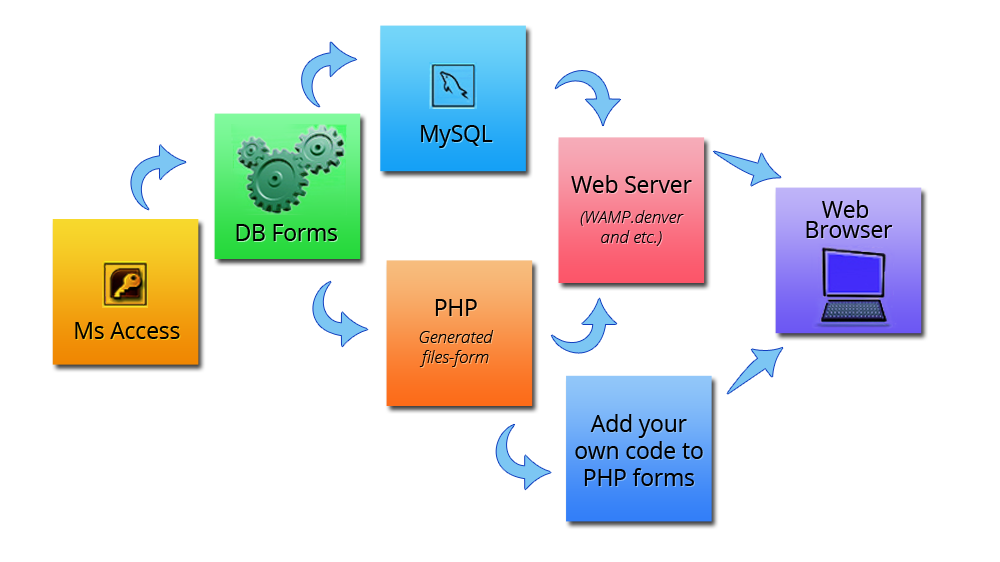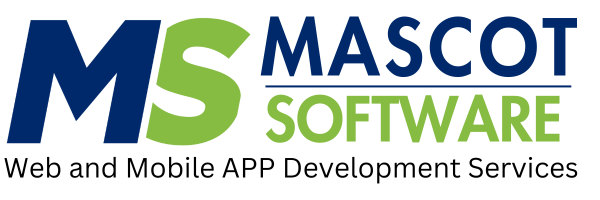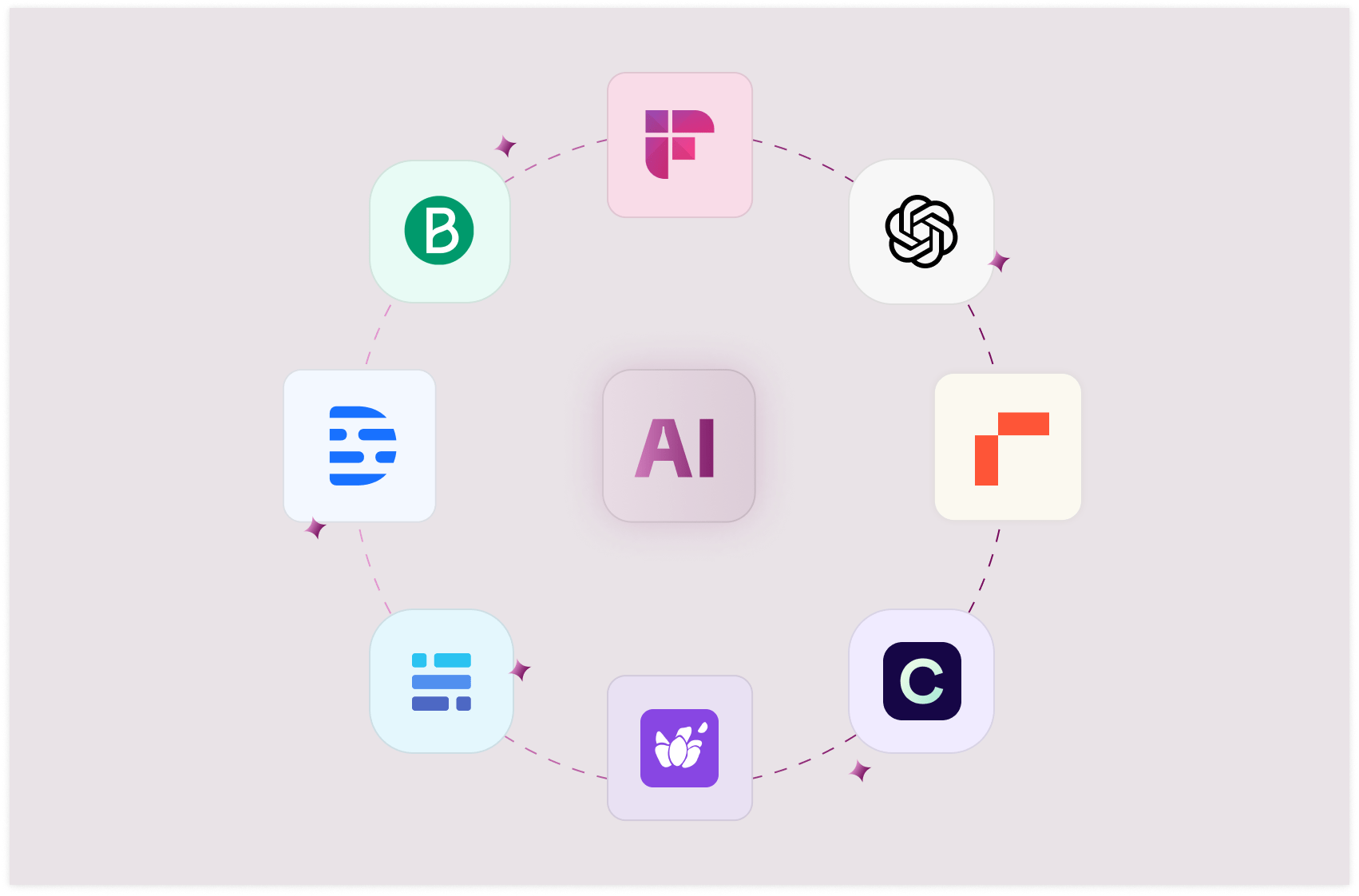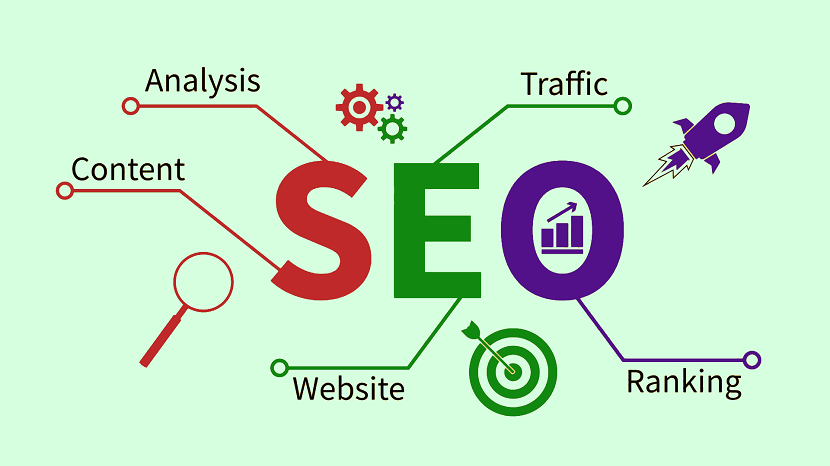
PHP remains one of the most widely used server-side scripting languages powering a large portion of the web. However, its popularity has also made it a common target for attackers. Securing a PHP application involves implementing defensive coding techniques, using built-in security features, and staying updated on the latest vulnerabilities.
Below are key best practices to help you secure your PHP applications:
1. Keep PHP and Dependencies Updated
Always use the latest stable version of PHP and regularly update third-party libraries, frameworks, and plugins. Security patches are often released to fix known vulnerabilities.
2. Sanitize and Validate User Input
Never trust user input. Use proper validation (checking format) and sanitization (cleaning input) to prevent SQL Injection, XSS, and other attacks. Use PHP’s filter_var() function or frameworks that offer built-in protection.
3. Use Prepared Statements (PDO or MySQLi)
To prevent SQL injection, always use prepared statements. For example, with PDO:
$stmt = $pdo->prepare('SELECT * FROM users WHERE email = :email'); $stmt->execute(['email' => $email]);
This separates SQL logic from data, reducing injection risks.
4. Escape Output to Prevent XSS
Use htmlspecialchars() when displaying user input in the browser to prevent cross-site scripting (XSS) attacks. Never directly echo untrusted data into HTML, JavaScript, or other contexts.
5. Implement CSRF Protection
Use CSRF tokens in forms to ensure the request is coming from an authenticated session. Most modern PHP frameworks like Laravel, Symfony, and CodeIgniter handle CSRF tokens automatically.
6. Secure Session Management
-
Use
session_start()before any output. -
Store sessions in a secure, server-side location.
-
Use HTTPS to transmit session cookies.
-
Regenerate session IDs on login using
session_regenerate_id().
7. Disable Unused PHP Functions
In php.ini, disable dangerous functions like exec(), shell_exec(), passthru(), and eval() if not required:
disable_functions = exec,passthru,shell_exec,system
8. Use HTTPS
Always serve your application over HTTPS using SSL/TLS to encrypt data in transit, especially login credentials and session cookies.
9. Set Secure HTTP Headers
Set headers like:
-
Content-Security-Policy -
X-Content-Type-Options: nosniff -
X-Frame-Options: DENY -
Strict-Transport-Security
These add layers of browser-enforced protection.
10. Handle Errors Gracefully
Do not display detailed error messages in production. Use a custom error handler or log errors to a secure file. Set display_errors = Off and log_errors = On in php.ini.
11. Use a Web Application Firewall (WAF)
A WAF can block common attacks like SQL injection or XSS before they reach your PHP code. Consider tools like ModSecurity.
12. Apply the Principle of Least Privilege
Give the application and database users only the permissions they need. Avoid using root or admin-level access unless absolutely required.
Conclusion:
Securing a PHP application is not a one-time task—it’s an ongoing process. By following these best practices, developers can significantly reduce the risk of attacks and data breaches. Stay informed about new threats, audit your code regularly, and leverage secure coding principles throughout the development lifecycle. Remember: security should be baked into your application from day one, not added later as an afterthought.




